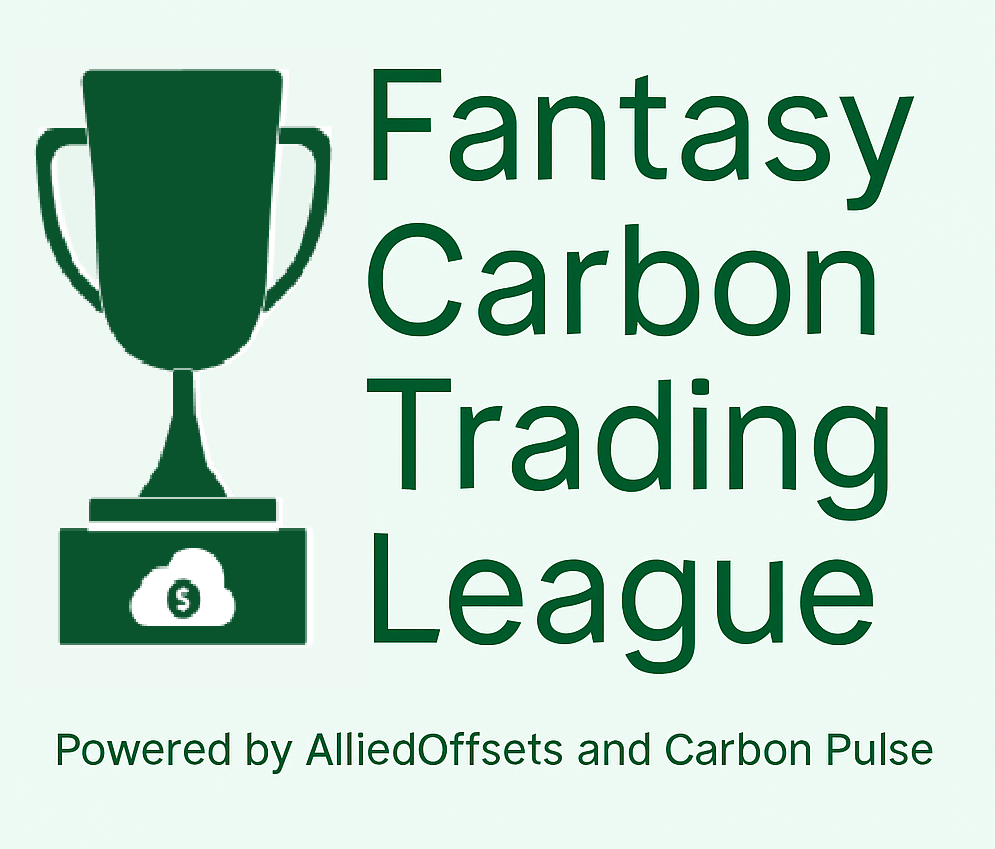- Industries expect escalating ETS costs as free handouts cut 24%, prices to treble
- Analyst says 94% of industry CO2 deemed worthy of free handouts, but won’t get all
- Cost of industry handouts to treble while case for protection fades
European industries expect to face escalating costs from the bloc’s ETS as regulators plan to cut back their free carbon allowances while enacting reforms to make the rest they need far more expensive.
The European Commission’s ETS review plan, which was published on Wednesday, proposes to accelerate the annual cap decrease after 2020 and to hold the share of auctionable allowances at 57%, resulting in an ever dwindling share of free allowances available to give to industry.
According to Carbon Pulse calculations, big-emitting manufacturers will receive an average 630 million allowances for free a year over Phase 4 (2021-2020), down 24% on the 825 million a year they get on average in Phase 3 (2013-2020).
The proposal outlines a new way of dividing up those allowances, aiming to target free allocation to those companies at a more acute risk of carbon leakage, and to reward the cleanest performers by giving them everything they need to comply.
But industry and analysts already expect these efforts to fail, and that the Commission will continue its practise of applying free entitlements to far more industries than there are allowances available, forcing it to slash allocations across the board.
“It means even the most efficient European steel plants will experience excessive additional costs not borne by their global competitors,” said Axel Eggert of steelmakers’ association Eurofer.
NEW RULES, SAME OUTCOME
Europe’s climate commissioner Miguel Arias Canete said the new allocation rules should mean only around 50 industrial sectors are deemed vulnerable enough of carbon leakage to get 100% of their best performers’ requirement, slashing the number from 177 in the current phase.
The rest will get just 30%.
But this will barely change the current picture, according to Bram Borkent of consultancy Ecofys, who expects sectors emitting 94% of industrial CO2 output to be put in the most vulnerable category, down from 97% currently.
“This is not so surprising if you consider that the eight largest sectors are responsible for 80% of all industrial emissions covered,” he said.
Industrial sectors will not know for sure if they are on the carbon leakage list until the Commission finalises it in 2019, using data from 2013-2017. Another update will be made five years later.
“You can imagine that traditional sectors like steel, chemicals and aluminium will be there (on the list),” said Arias Canete on Wednesday.
But making the list is no guarantee that efficient factories will get all the allowances they need for free.
In 2013, the Commission was forced to apply the so-called cross-sectoral correction factor (CSCF), slashing all free allocations by 6% because the requirements of those on the list exceeded the entire amount available.
And because the available amount is set to decrease each year, these uniform haircuts of free allocations are set to deepen, according to Borkent.
“At the end of Phase 3 this cut will be 18%, by the end of Phase 4 this will probably be at least 30% assuming industrial growth according to forecast,” he said, implying that even the most efficient plants could only receive 70% of their allowance needs in 2030.
All the while, the price of allowances is set to increase, driving up the cost for industries forced to enter the market to buy their remaining units to match their CO2 emissions.
As demand increases, the Commission thinks EUA prices will average €25 over the next decade, more than triple current levels below €8.
DESERVING CASE?
While industry protests their lack of protection under the new rules, the case for having free allocation altogether is growing weaker as more countries take action to cut emissions.
Since it began in 2005, the EU ETS law was written according to the bloc’s ‘polluter pays’ principle for environmental protection, with free allocations only provided as a transitional measure to guard against carbon leakage.
EU leaders agreed last year these would continue only “as long as no comparable efforts are undertaken in other major economies”, raising the prospect of future changes.
Despite its proposal securing free allocations until 2030, the Commission recognised in the impact assessment accompanying the post-2020 proposals that global action might eventually mean they are not required.
“The more countries taking action against climate change, the less there is a need for individual countries to provide free allocation,” it said.
Jurisdictions with emissions trading now account for 40% of global GDP, according to the International Carbon Action Partnership. That is expected to increase to reflect post-2020 commitments under a global climate pact due to be signed in Paris in December.
“Handing out pollution permits worth hundreds of billions of euros for free on the assumption that other countries will not take similar action is not only damaging the process for a strong climate treaty in Paris, it also ignores that revenues from auctioning these permits could fill public budgets to invest in Europe’s climate-friendly economy,” said Femke de Jong of environmental campaigners Carbon Market Watch.
Despite the diminishing case for carbon leakage protection, the cost to the public purse of handing out allowances will rise significantly from this ETS trading phase to the next as carbon prices rise.
The amount governments give as free allocations would be valued at €160 billion if sold on the market over Phase 4, down from just €50 billion in Phase 3, the Commission estimated.
The ETS proposal must be agreed by a majority of the EU Parliament and member states in a process expected to take at least two years.
By Ben Garside – ben@carbon-pulse.com
Not yet signed up to CP Daily? Subscribe to our free newsletter here




